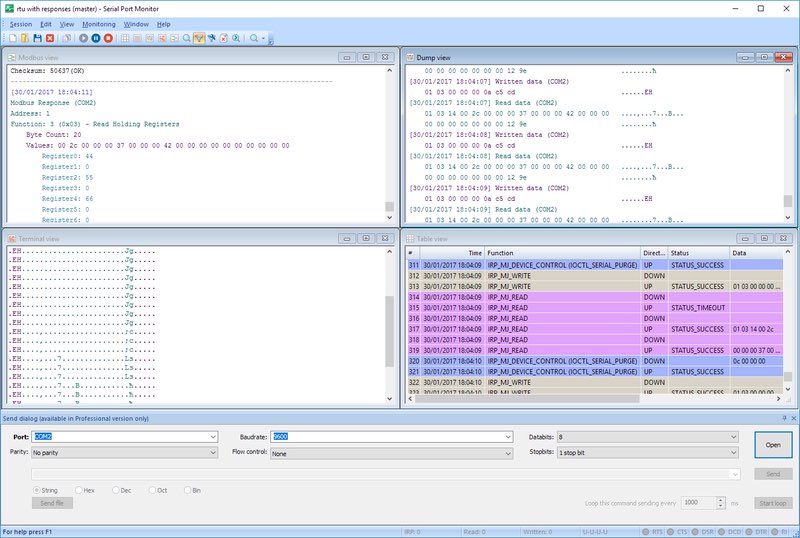Modbus ASCII Protocol Explained: A Comprehensive Guide
This detailed guide explores the Modbus ASCII protocol, its application in serial communication, and how to test Modbus ASCII using advanced tools. Learn the differences between Modbus ASCII and RTU, and how Modbus compares with TCP. Discover the data and message formats, error-checking methods, and how to convert Modbus ASCII to the Modbus RTU protocol. Ideal for professionals working with serial devices in industrial environments, this article provides essential knowledge for troubleshooting and optimizing Modbus networks.
Contents:
- What is the Modbus ASCII protocol?
- How to test Modbus ASCII communication?
- What is the difference between Modbus ASCII and RTU?
- Modbus ASCII vs TCP
- How do you convert Modbus ASCII to the Modbus RTU protocol?
What is the Modbus ASCII protocol?
Modbus is a serial communication protocol developed by the Modicon corporation in 1979. It was originally designed to be used with the company’s programmable logic controllers (PLCs). Modbus is an open protocol that supports serial devices that use the RS232/RS485/RS422 protocols. Its simplicity and the fact that manufacturers can incorporate it into their products at no charge has helped it become the most popular method of connecting industrial electronic devices.
There are two main styles of transmission that are used when employing the Modbus protocol. They are Modbus RTU and Modbus ASCII. This article is meant to be an advanced Modbus ASCII tutorial. We will start with an overview of Modbus that is pertinent to both the ASCII and RTU implementations of the protocol.
Modbus addresses the issue of sending information between electronic devices over serial lines. The protocol is implemented in an architecture that follows the master/slave model. The Modbus master is in charge of requesting information from the other devices. There is one Modbus master in a standard Modbus Network.

The master requests information from the slave devices, which can number up to 247. Each slave device is identified by a slave address of between 1 and 247. The process by which the master queries the slave and receives information returned from the slave is what is meant by Modbus communication. In addition to requesting information from the slave, the master device can also write to the slave device’s internal registers.

